
- P2 had been doing lots of learning for addition and subtraction using the column addition. We took this outside to further develop our understanding of how to add two numbers together using the column addition method. Pupils worked in pairs to throw a been bag two times to get the numbers they then added together to find their answer. Some pupils were challenged to throw the been bag three times to make their column sum. We also added in some three digit numbers as well to add some challenge. Lots of fun and a great way to assess learning.
Read more

- P5 began by working with a partner to find something they thought was about 10cm long. We then spoke about how to accurately measure this and did so using rulers. I then challenged them to find something that was 30cm long and how could they do this. Some recognised that they could use their 10cm object to help them find something that may be 30cm. We got a lot more accurate or nearly accurate estimated objects this time.
Their main activity was working in pairs to complete a worksheet that had different things on it e.g. measure something longer than your arm, something green, something that was never living etc. They had to record the measurement using only cm and also m and cm. They had access to rulers, metre sticks and measuring tapes to help them with this activity.
Back in class they were going to use this information to put it in to graphs so they could see more easily the differences between longest and shortest etc.
Read more
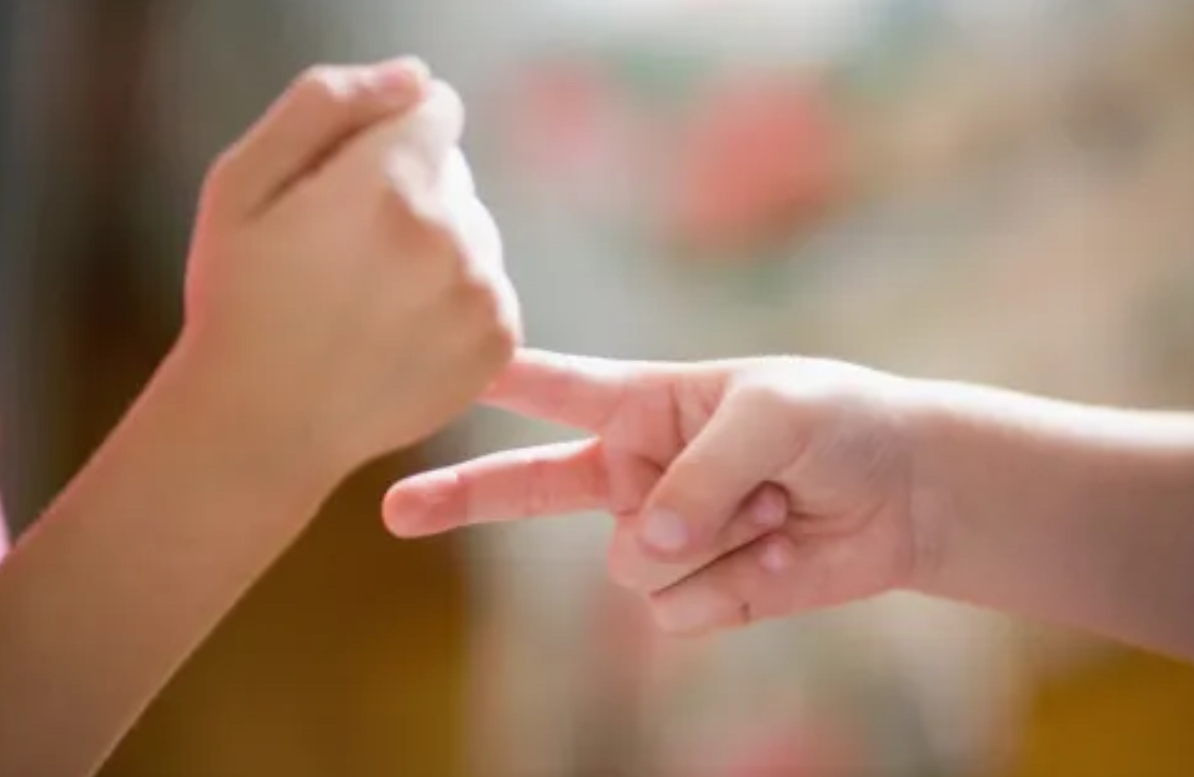
- P2 had been learning about different food chains as part of their Science. To further embed this understanding we used a variety of different simple food chains outside and playing rock, paper, scissors explored the food chains. We decided on actions for e.g. the grass, mouse, owl etc and then learners would find a partner - do rock, paper, scissors and then whoever won got to ‘consume’ the grass and become the mouse and so on. Not only was it a lot of fun it was a great way to look at different food chains - animals close to home, from the sea and further afield e.g. the jungle.
Read more
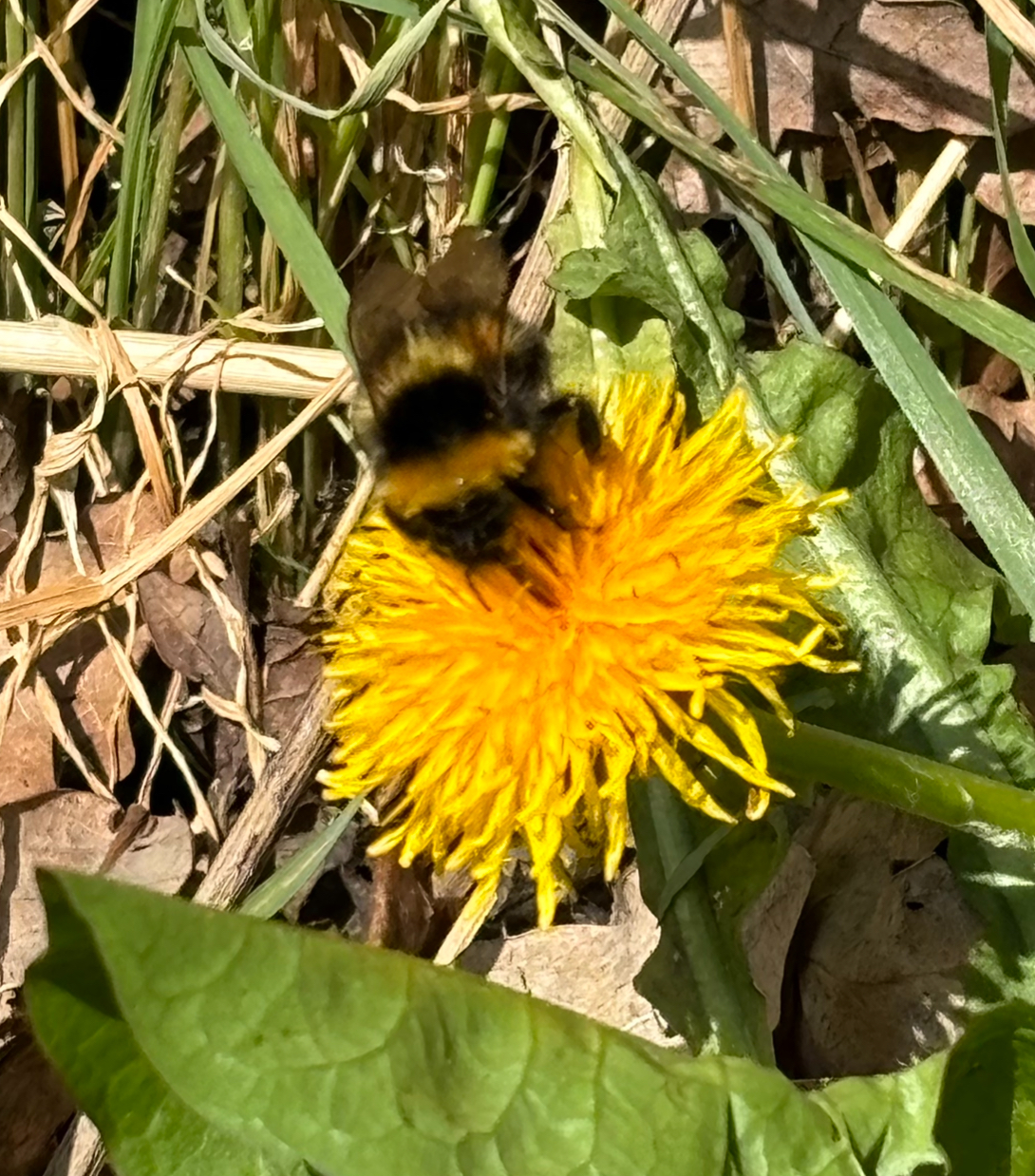
- After a discussion in class pupils in P2 took their clipboards and paper outside to the playground to look for signs of Spring. When they found something e.g. bud on a tree they were to sketch and write what they had found.
A great activity for them to really focus on their surroundings and notice things up high e.g. birds nest and down low e.g. worms.
Read more
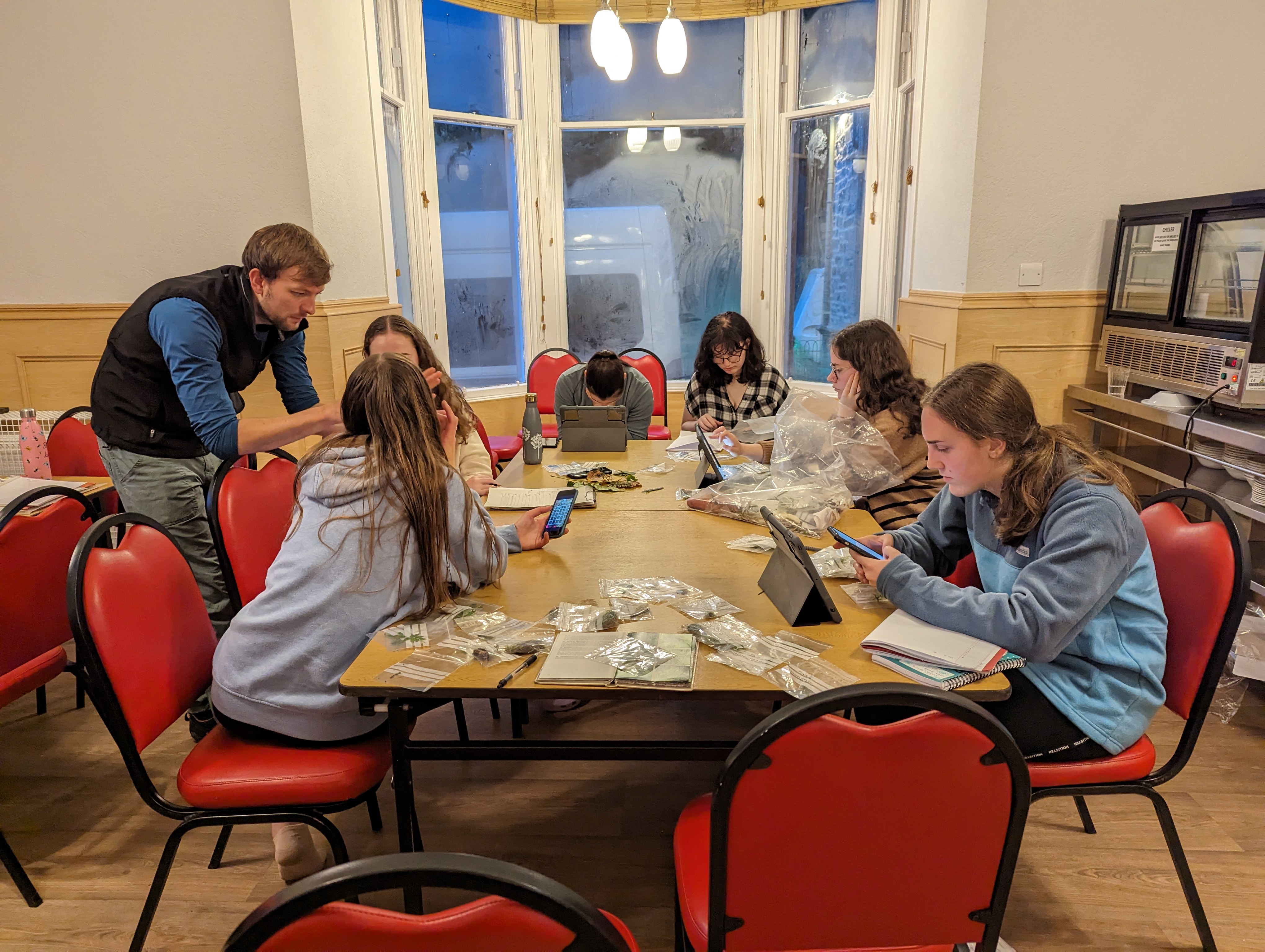
- The main purpose of this trip was for students to gather data for their Advanced Higher Biology projects, in which they conduct an experiment and analyse the results whilst drawing on knowledge from the biology syllabus. As Benmore Outdoor Learning Centre is situated near forests, woodlands, gardens, valleys and moorland there was a wide variety of locations for students to carry out their projects. Each student chose an area of study before the trip.
Day 1 - Pilot studies. Everyone went off to their various locations, where they would be sampling and carrying out their experiments on day 2. This allowed people to carry out their pilot studies. The pilot study is a small-scale version of the full project and is used to determine if an experiment can be carried out in the conditions present, and if the researcher will see any results. The pilot study was useful as it allowed students to refine their project methodologies and make any alterations necessary. Students also took samples from their area, and later identified them back at Benmore House.
Days 2 and 3 - Data collection. Students were again out at various locations, but on these days they were carrying out their actual experiments and recording their findings. In addition to noting their findings the students also logged confounding variables which would have an effect on the dependent variable e.g. soil pH, temperature. To ensure that the results found from these experiments were reliable, the students changed location at least once, where they repeated their experimental procedures (replicate). Again, they collected samples and brought them back to Benmore House to be identified.
On day 4 - Completion. some students were finishing off their research/sampling/identification, whilst others were allowed to go on an adventurous activity organised by Benmore Centre staff. These activities included abseiling, kayaking, gorge walking and caving.
Read more
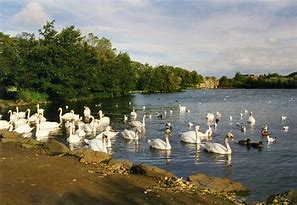
- ideally using clicker to count different species of birds present at the time of the visit, possibly returning at a later date, different season etc to add/compare to the data taken previously and talk about migration etc.
Read more
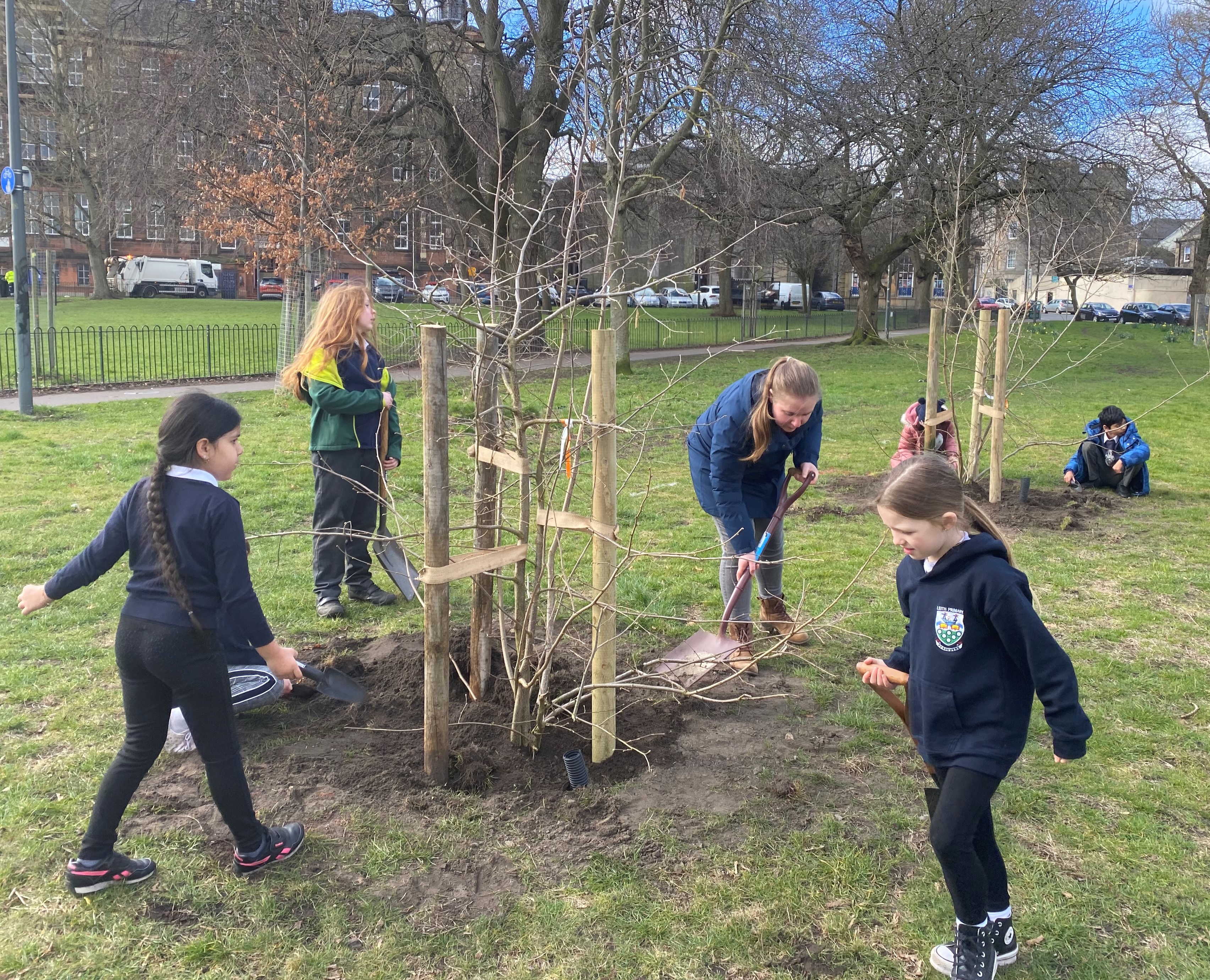
- A collaboration between Edinburgh's Thriving Green Spaces project and local schools has brought this wee idea into reality. The aim is for every learning community to have a wild space that they can use for enhancing learning. Whether that is surveying plants and animals for STEM or using the area to relax and "Take Notice" of nature, this project will give young people in Edinburgh the space to grow, learn and connect with nature.
Leith Primary and St Mary's have been involved in planting native tree species as well as surveying the area. By surveying current species schools will be able to measure impact of conservation work over time.
Read more
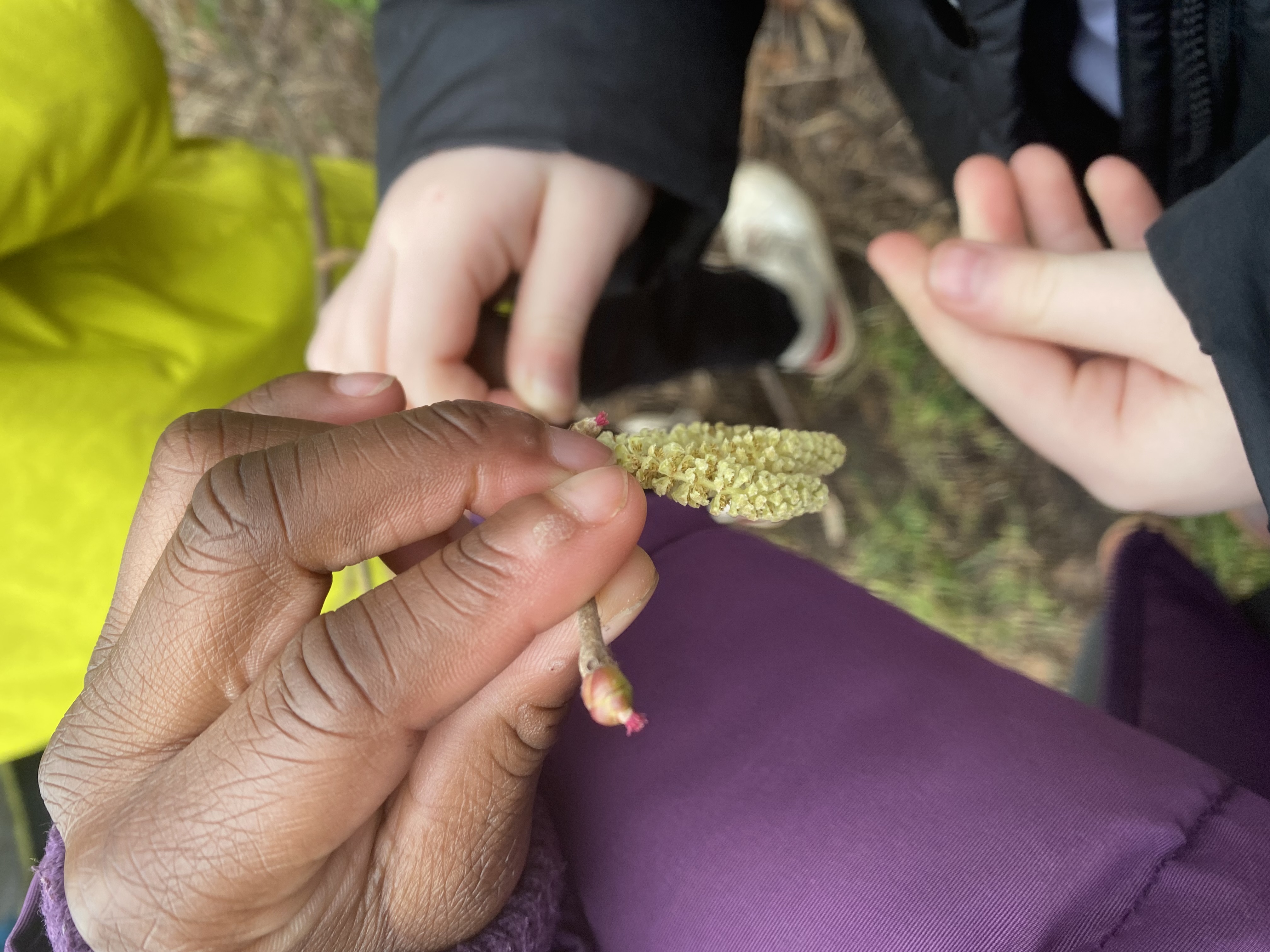
- Primary 3 have been learning about the John Muir's Five Ways to Wellbeing in Nature: Take Notice, Be Active, Keep Learning, Connect and Give. This week we focussed on Taking Notice: looking at the world around us looking for signs of spring.
We have a lot of hazel growing around Castleview and in Craigmillar Castle Park. We were able to identify these trees as they have early catkins and tiny blossom. You might be able to spot the tiny red flower just below the long green catkin. Once this is pollinated by another tree it grows into a lovely hazelnut the fruit of the Hazel tree. The kids were incredibly excited to find this tiny flower and were hugely motivated to try and spot more tiny signs of spring.
Read more
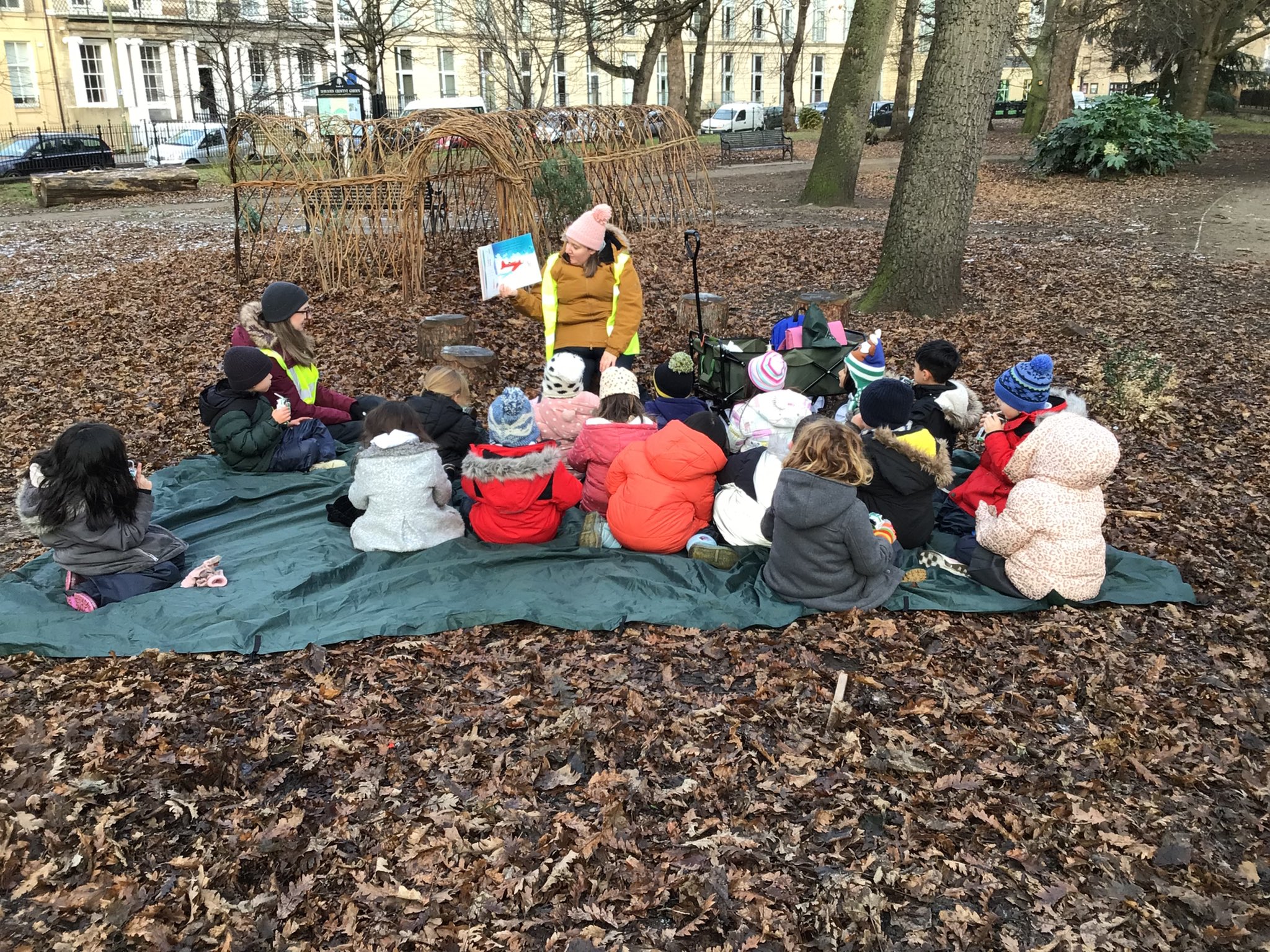
- This is a great, small and secure place for OL in Leith. There is a number of willow structures, a circle of stumps to sit on, trees to climb and lots of plant species to learn about. The park has a fence around the outside making it safe for younger pupils.
Our Forest Friday group from nursery use this space weekly.
Read more
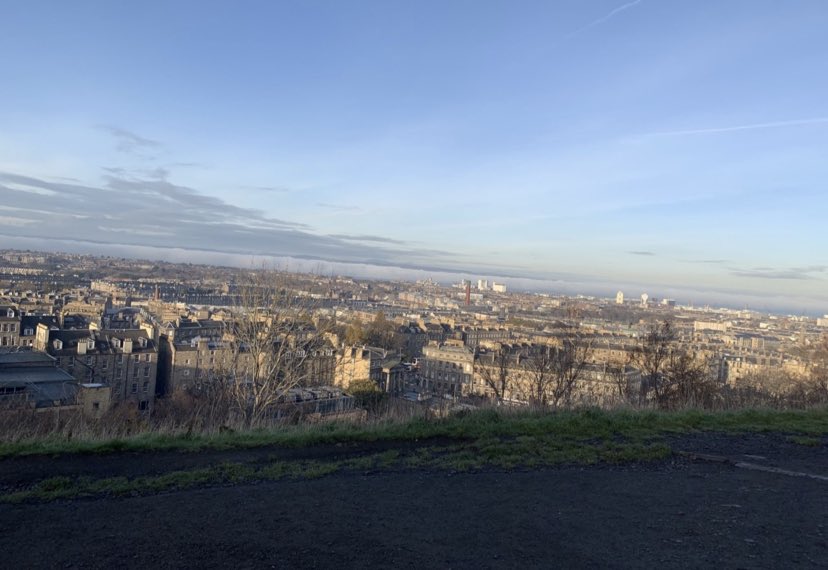
- This free event is currently running from now until March 2023. Schools are invited to book via The Collective website.
Pupils were able to play with loose parts and touch different textures within the exhibition.
We built this visit into an outdoor learning lesson as we walked up Calton Hill and around the monuments. We spent a long time at the trig point admiring the view!
Read more














